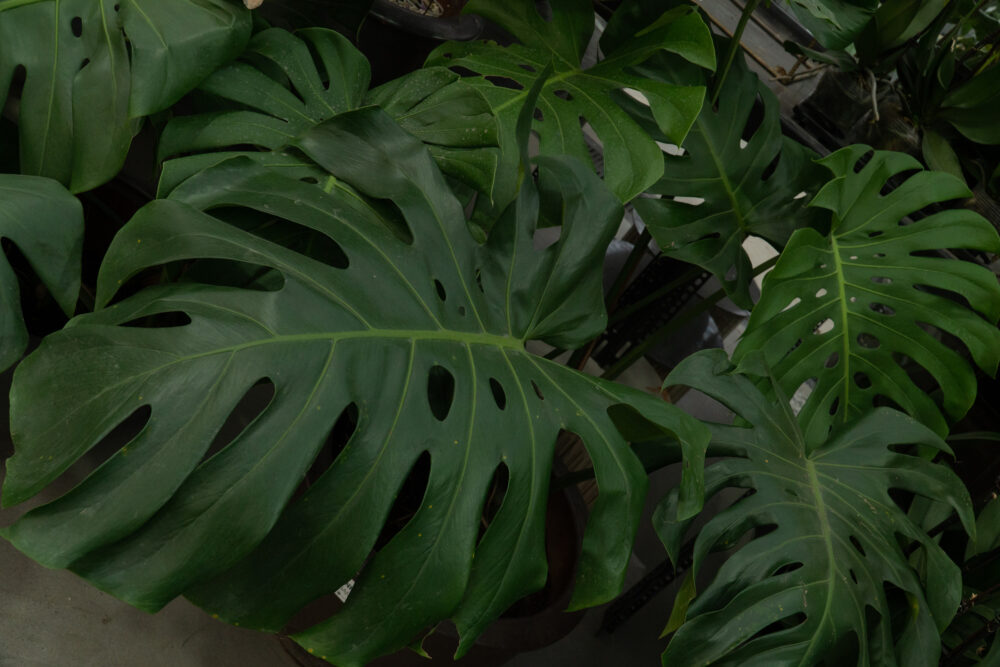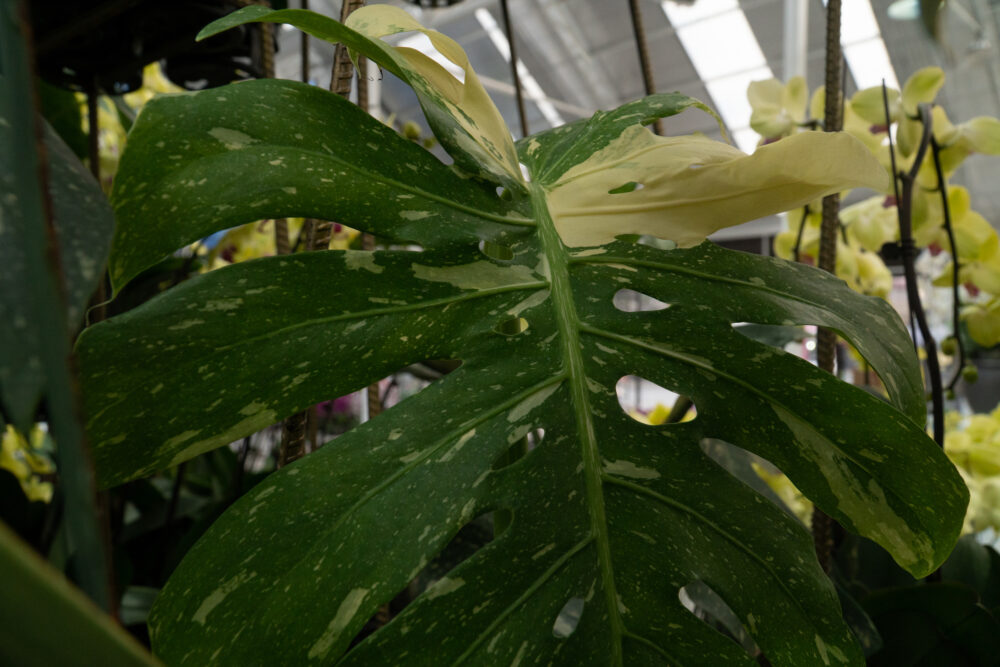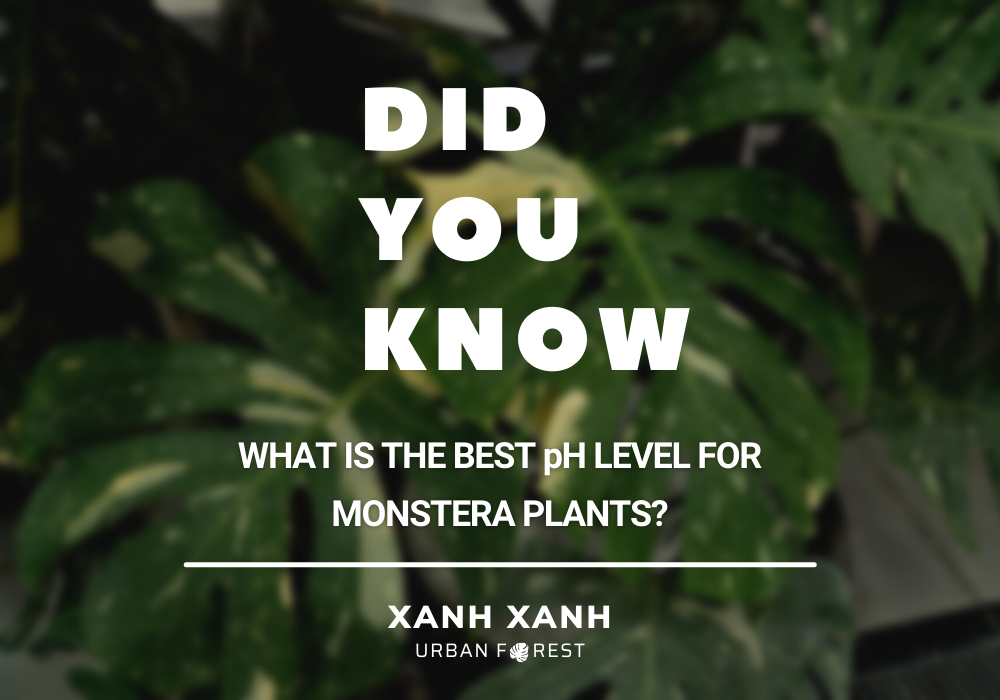Whether you are a perennial planter, or just starting to learn about plants, you know that soil always plays an important role in determining whether a plant will grow or not. The factor in the soil that we are interested in here is the pH level. What pH will Monstera be suitable for?
Let’s start with a basic understanding of pH levels.
pH is a measure of how acidic or basic something is, as you may recall from high school science lessons. The scale goes from zero to fourteen, with seven being neutral. Acidity is defined as a pH of less than 7. A pH of greater than 7 is classified as basic (sometimes called alkaline).
The majority of plants thrive in soil that is close to neutral in pH. (7.0). The ability of a plant to absorb nutrients is influenced by the pH of the soil. Plants may be unable to absorb the mineral nutrients they require in highly acidic or basic soils.

If your houseplants’ soil is overly acidic or basic, you may see indicators of nutrient deficiency and wrongly believe the problem is due to fertilizer. Fertilizing won’t assist if the pH isn’t in the right range since plants won’t be able to absorb the nutrients provided by the fertilizer. You might be serving a banquet to your plants that they won’t be able to eat.
Areas with higher rainfall have a lower pH, ranging from 5.0 to 7.0, in the natural environment. A higher pH, ranging from 6.5 to 9.0, is seen in dry areas. Given that Monsteras transform your home into a jungle, it’s no wonder that their natural habitat falls into the first category.
How Can I Check the pH Level of My Soil?
Plants can’t absorb all of the nutrients they require if the soil is overly acidic or alkaline. If you’ve ruled out sunlight, water, fertilizer, and temperature as causes for your houseplants’ problems, pH could be the culprit. When Monstera leaves are deprived of essential nutrients, they become yellow.
There are three easy methods that you can choose from.
pH meter: A pH meter is a gadget that is inserted into the potting soil directly. The device’s needle will instantaneously display the pH level.
At-home pH test kit: You can use an at-home pH test kit to take a sample of soil, place it in a tube, insert a capsule, and watch for color changes that indicate a specific pH. You can obtain a range rather than a precise pH depending on the test you use.
Baking soda: If you already have baking soda on hand, you can use it to get a general idea of whether or not your soil is acidic. Mix a sample of soil into ½ a cup of water. Then add ½ cup of baking soda. If the mixture fizzles, you have acidic soil. The more violently the mixture bubbles, the more acidic the soil is. While this is not as exact a method, it can point you in the right direction.

If you’re not sure if your potting soil has the suitable pH level, you may always repot your monstera in new potting soil that you know is within the proper range. Repotting Monsteras can be stressful, so don’t do it too often. You can repot them every two to three years as a general rule.
Can the pH Level of My Potting Soil Change?
You might be surprised to learn that the pH level of your potting soil can alter over time.
Rainwater is collected by some houseplant enthusiasts for use on their indoor plants. This is done, however, more for the nutrients and minerals than for the sake of pH levels.
You can purposely change the pH of your potting soil by adding acidic or basic elements. Sulfur and aluminum sulfate can raise the acidity of your soil. You can make your soil more alkaline or basic by adding lime (garden lime, not the fruit). However, I wouldn’t recommend using these products for houseplants because it’s easy to overdo it and end up damaging your plants.
Because monsteras require a lot of nutrients to create their stunning leaves, it’s critical that they’re cultivated on soil that allows them to get all of them.
Talking about pH levels may conjure up images of science lectures, but maintaining a pH range of 5.5 to 7.0 in your soil is a simple way to produce an optimal habitat for your monstera to thrive.

